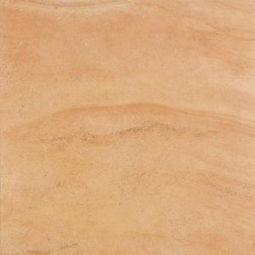Understanding Sand and Stone: A Comprehensive Guide

Have you ever wondered about the fascinating world of sand and stone? These two natural elements play a crucial role in our daily lives, from construction to art. In this article, we will delve into the characteristics, uses, and significance of sand and stone, providing you with a detailed and informative overview.
What is Sand?

Sand is a granular material composed of finely divided rock and mineral particles. It is formed through the weathering and erosion of rocks over time. The size of sand particles ranges from 0.0625 to 2 millimeters. Here are some key points about sand:
| Characteristics | Description |
|---|---|
| Composition | Sand is made up of various minerals, including quartz, feldspar, and mica. |
| Color | Sand can range in color from white to black, depending on its mineral composition. |
| Origin | Sand is formed through the weathering and erosion of rocks, such as granite and limestone. |
| Usage | Sand is widely used in construction, glass manufacturing, and as a filtration medium. |
What is Stone?

Stone is a naturally occurring solid aggregate of one or more minerals. It is formed through the cooling and solidification of molten rock, known as magma or lava. Here are some key points about stone:
| Characteristics | Description |
|---|---|
| Composition | Stone is composed of various minerals, such as quartz, feldspar, and mica. |
| Types | There are several types of stone, including granite, limestone, marble, and sandstone. |
| Origin | Stone is formed through the cooling and solidification of magma or lava. |
| Usage | Stone is widely used in construction, sculpture, and as a decorative element. |
Applications of Sand and Stone
Sand and stone have numerous applications in various industries. Here are some examples:
-
Construction: Sand and stone are essential materials in the construction industry. Sand is used as a fine aggregate in concrete, while stone is used for building foundations, walls, and floors.
-
Art and Sculpture: Stone has been used for centuries in art and sculpture. Famous sculptures, such as Michelangelo’s David, were carved from marble.
-
Landscaping: Sand and stone are used in landscaping to create pathways, gardens, and water features.
-
Manufacturing: Sand is used in glass manufacturing, while stone is used in the production of tiles and countertops.
Environmental Impact
The extraction and use of sand and stone can have environmental implications. Here are some concerns:
-
Resource Depletion: The extraction of sand and stone can lead to the depletion of natural resources.
-
Land Degradation: Mining activities can cause land degradation and habitat destruction.
-
Water Pollution: The mining and processing of sand and stone can lead to water pollution.
Conclusion
Sand and stone are two essential natural elements with diverse applications. Understanding their characteristics, uses, and environmental impact is crucial for responsible resource management. By exploring the fascinating world of sand and stone, we can appreciate their significance in our lives and strive to minimize their negative impact on the environment.
